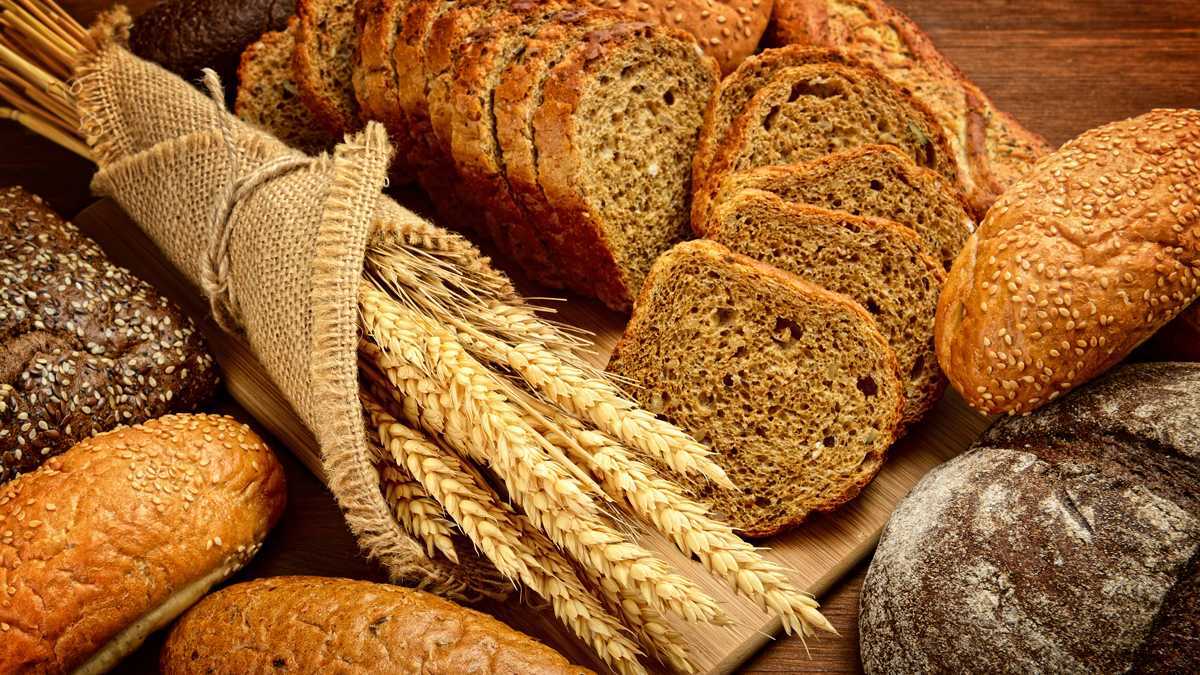
In this comprehensive guide we delve into the world of exploring its effects on health, common symptoms, dietary considerations, and more Glútem, a protein found in wheat and related grains, has garnered attention due to its potential impact on health. Understanding its role in food products, and its effects on the body is crucial for individuals navigating dietary choices and managing health conditions.
Table of Contents
ToggleWhat is Glútem?
Glútem is a composite of proteins, primarily glutenin and gliadin, found in wheat and similar grains like barley and rye. It provides elasticity to dough, contributing to the texture and structure of baked goods. While essential for baking can trigger adverse reactions in certain individuals.
The Rise of Glútem Intolerance
Glútem intolerance, characterized by adverse reactions to containing foods, has become increasingly recognized. Conditions like celiac disease, wheat allergy, and non-celiac sensitivity highlight the spectrum of related disorders, each with distinct mechanisms and symptoms.
Symptoms of Glútem Intolerance
Intolerance can manifest in various ways, affecting different systems in the body. Common symptoms include gastrointestinal distress (such as bloating, abdominal pain, and diarrhea), fatigue, headaches, joint pain, and skin issues like dermatitis herpetiformis. Identifying these symptoms is crucial for prompt diagnosis and management.
Glútem-Free Diet
For individuals with intolerance, adopting a free diet is essential for managing symptoms and preventing complications. This involves eliminating containing foods like wheat, barley and rye while opting for free alternatives such as rice, quinoa, and oats (provided they are certified as free to avoid cross-contamination).
Glútem in Everyday Foods
Navigating a free diet requires careful scrutiny of food labels as can lurk in unexpected products. Common sources of include bread, pasta, baked goods, sauces, and processed foods. Fortunately, an increasing number of free options are available, ranging from bread and pasta to snacks and desserts.
Glútem in Health
Beyond addressing glútem intolerance, some people choose to avoid for perceived health benefits. While eliminating may alleviate symptoms for those with intolerance or sensitivity, there’s limited evidence to support broader health claims. For most individuals, consuming containing whole grains can be part of a balanced diet, providing essential nutrients like fiber, vitamins, and minerals.

Glútem and Children
Intolerance can affect individuals of all ages, including children. Childhood celiac disease and wheat allergies require careful management to ensure optimal growth and development. Parents and caregivers play a vital role in educating children about safe food choices and advocating for their dietary needs in various settings, including school and social gatherings.
Glútem-Free Products and Nutrition
The growing demand for free products has led to an expansion of options in the market. However, it’s essential to scrutinize the nutritional content of these products, as some may lack essential nutrients or contain higher levels of sugar, fat, or sodium to compensate for taste and texture. Incorporating a variety of whole foods into free diet is key to maintaining nutritional balance.
Glútem Supplementation
In recent years supplementation has gained attention as a potential therapy for individuals with celiac disease or sensitivity. Enzyme supplements like DPP-IV (dipeptidyl peptidase IV) may help digest more effectively, reducing symptoms in some individuals. However, supplementation should not replace a free diet and is best used in consultation with healthcare professionals.
The Mayo Clinic Glútem Challenge
Clinical trials, such as those conducted by institutions like the Mayo Clinic, play a crucial role in advancing our understanding of related disorders. These trials assess interventions, treatments, and diagnostic tools, contributing to improved care and outcomes for patients.
Conclusion
Glútem plays a central role in the world of food and nutrition, but for some individuals, it can pose significant health challenges. Understanding intolerance, its symptoms, and dietary implications is essential for effective management and optimal health. By staying informed and making mindful food choices, individuals can navigate the dilemma with confidence and improve their overall well-being.



